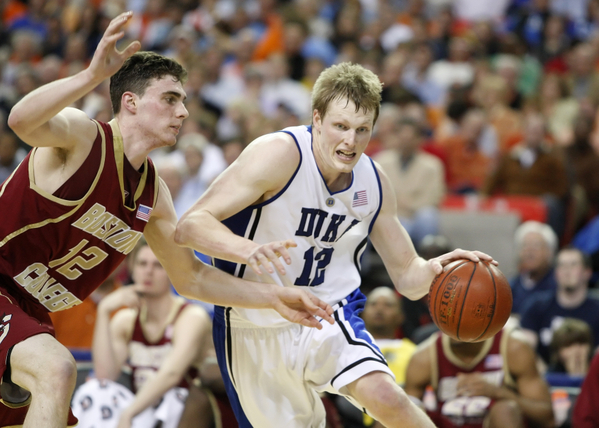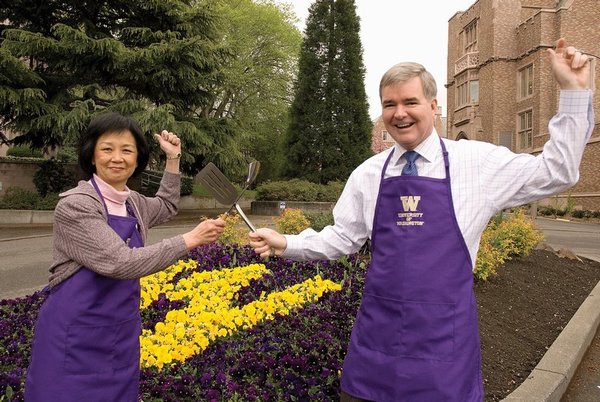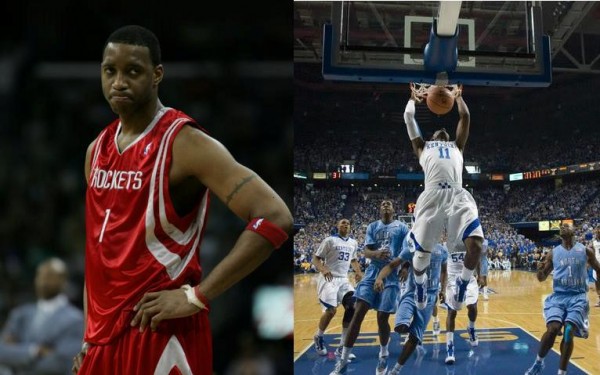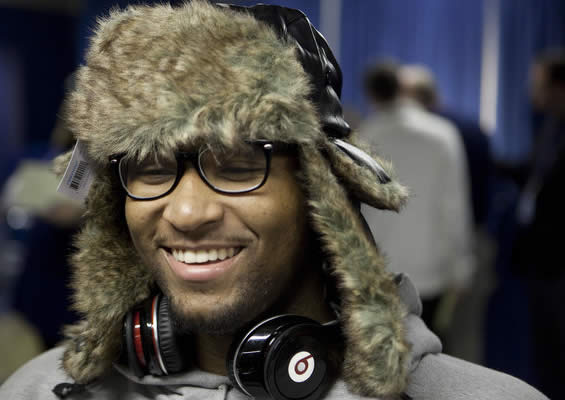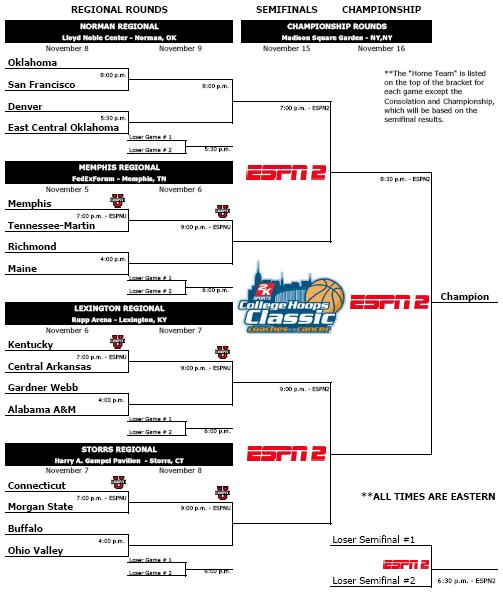RTC NBA Draft Profiles: Kyle Singler
Posted by nvr1983 on June 1st, 2011Over the course of the next month until the NBA Draft on June 23, RTC will be rolling out comprehensive profiles of the 35 collegians we feel have the best chance to hear their names called by David Stern in the first round that night. There won’t be any particular order to the list, but you can scroll back through all the finished profiles by clicking here.
Player Name: Kyle Singler
School: Duke
Height/Weight: 6’9, 225 lbs.
NBA Position: Small Forward/Power Forward
Projected Draft Range: Late First Round
Overview: Although he was unable to lead the Blue Devils to a repeat national championship, Singler leaves Duke as one of the most decorated players in the school’s history. Throughout his four years in Cameron, Singler put up solid if not spectacular numbers. While he doesn’t have a single skill that jumps out at you as being “great,” he does possess a solid overall game that will attract no shortage of NBA scouts and executives. One of the more interesting aspects in evaluating Singler is that while he has puts up good numbers in all four years at Duke, he never really took the next step as his production appeared to level off around his sophomore season. Prior to his arrival at Duke, Singler was a highly recruited prospect out of Oregon whose team actually beat Kevin Love in the state tournament in their senior year. To his credit, unlike many highly recruited prospects, Singler lived up to the hype although he never developed into a dominant superstar that many had earlier hoped for. It is true that Singler has improved certain aspects of his game (most notably his free throw shooting), but at some level it is also concerning that Singler’s game hasn’t progressed as one might hope. Some of this may be attributable to the improvement in the players around him with Kyrie Irving arriving for Singler’s senior season (albeit briefly) and Nolan Smith showing a dramatic improvement at the same time. This leads to the obvious concern that despite playing for one of the greatest college coaches of all-time Singler’s game may have plateaued and he may not demonstrate the improvement that many players show after making the transition to the NBA. Of course, it could also just be a case of Singler needing to get into new surroundings and playing in a different system that utilizes his all-around game more than was done at Duke.
Will Translate to the NBA: Singler’s function in the NBA will be a role player. While this might concern some fans, it is also about the risk/reward of a draft pick at the point in the first round that a team would be considering Singler. It is extremely unlikely that a team would be able to land a franchise player in the late first round particularly in this year’s weak draft. On the other hand, it is unlikely that Singler will be a bust. Out of any player in the draft pool, Singler may have the most defined role on his future team–that of a solid rotation player who might start for a team that doesn’t make the playoffs or come off the bench for a playoff team. Obviously there will be some overlap there, but don’t count on Singler being the star of a NBA championship team any time soon. He will probably end up being a solid role player who does a little bit of everything well and becomes a fan favorite because of his fundamentals and willingness to give up his body for this team even if he won’t be putting up many 20+ point games.






























